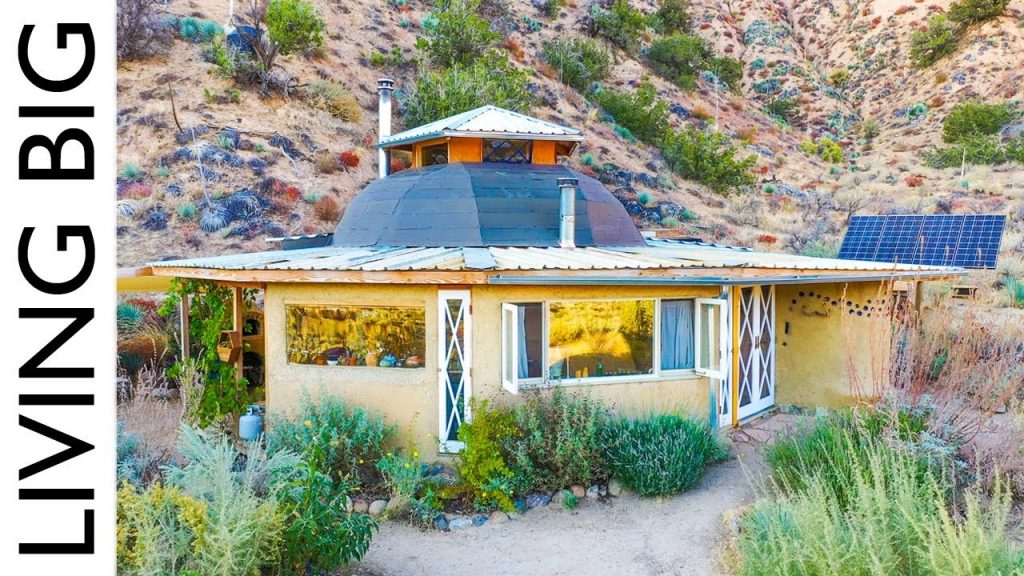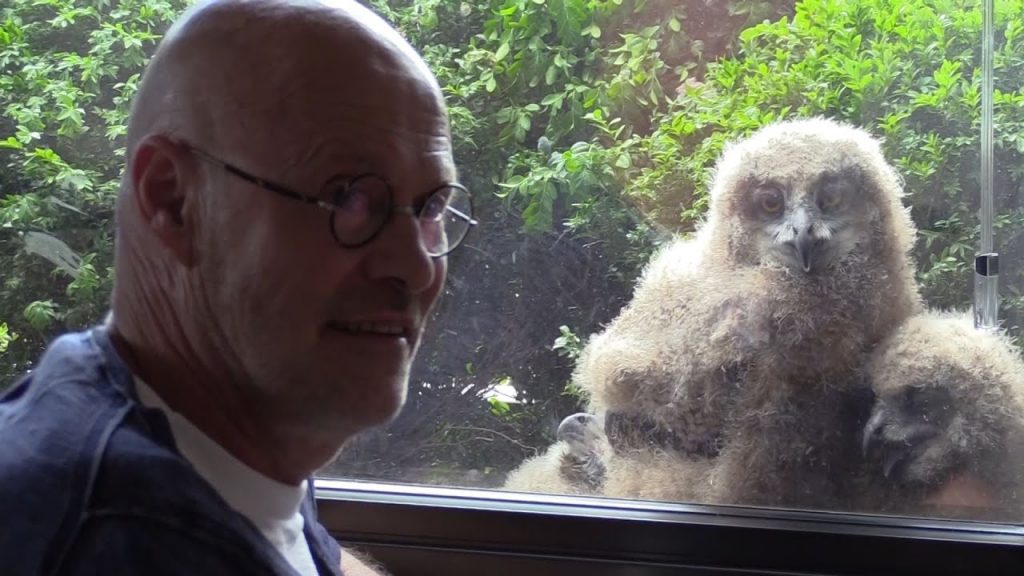Pablo Escobar’s hippos keep multiplying and Colombia doesn’t know how to stop it

For more than 25 years, Colombia has been working to leave behind the violent legacy of Pablo Escobar.
But there’s one unusual problem that keeps growing: the notorious drug lord’s pet hippos.
What are some viable solutions to the hippo invasion problem that consider ethical and moral concerns, and why is it crucial to find a way to control the population?
Pablo Escobar, the infamous drug lord known for his lavish lifestyle and notorious crimes, died in 1993. Yet, his legacy continues to haunt Colombia even today. A particular heritage left behind by him that has become troublesome for the country is a group of hippopotamuses that he illegally imported to his personal zoo. Today, the hippos have multiplied in large numbers and pose a threat to the ecosystem of the country. Despite various efforts by the government, the problem seems to persist. It is a matter of concern for the citizens of Colombia as it poses serious safety and health risks.
The story of the hippos began when Pablo Escobar was building his personal zoo on his property in the 1980s. He imported four hippos from Africa to his private zoo in Hacienda Napoles – his private estate outside of Medellin. However, after his death, his property was abandoned and the hippos were left to roam free in the surrounding area. The wild animals were not natural to the region and they started breeding and multiplying.
According to recent surveys, there are approximately 80-100 hippos in Colombia now, the highest population than any other country outside Africa. This may not sound alarming, but considering the fact that hippos are not native to Colombia and are considered as invasive species, the situation demands urgency. The animals have been found to pose risks to the ecosystem and local fauna. As herbivores, they feed on grass and other vegetation, which puts native species at a disadvantage for food resources. Moreover, their droppings can contaminate the water bodies around them, which can lead to the spread of infections and diseases. They can cause damage to property and pose safety risks to humans as well.
Attempts to control the hippo population have been made by the Colombian government, but none were quite successful. Initially, the authorities killed some of the hippos, but it created a public outrage and the idea was abandoned. In 2018, the government took the decision to inject the hippos with birth control hormones in an attempt to curb reproduction. Though it was a humane approach, it proved to be ineffective as the injections were not enough to control the population.
The Colombian government has also considered sterilization as a viable option, but it is a highly expensive process and is logistically difficult to implement. Relocation is another option, but it has been deemed near impossible due to the difficulty of capturing the animals and the fact that they have established a habitat in the country.
The issue of the hippo invasion in Colombia highlights the importance of ensuring adequate regulatory measures over the trade of animals. It is a cautionary tale of the devastating impact that introducing non-native species can have on an ecosystem. The continued increase in the hippo population poses a threat not only to the environment but also to the safety and health of the citizens. It is crucial to develop a viable plan, which considers ethical and moral concerns, to tackle the problem.
In conclusion, the ongoing hippo invasion in Colombia is a serious problem that demands immediate attention. Years of negligence and misguided policies of the past have only complicated the problem further. It is time for the authorities to take a deeply nuanced approach towards the conservation of the environment and to find a way to control the hippo population while respecting animal rights. The continued growth of the hippo population is a legacy of one of the most notorious criminals in history, and it is high time that Colombia and the world realize the magnitude of the problem and the necessity of collective action.









Starting an Outdoor LifeStyle
15 Most Unbelievable HIDDEN Homes
A TOUR of the SHIFTPOD TINY TENT HOME COMMUNITY – The Ultimate Shelter
Trash Town. A whole community in Egypt that lives on rubbish
He climbs stairs with his HEAD! – Guinness World Records